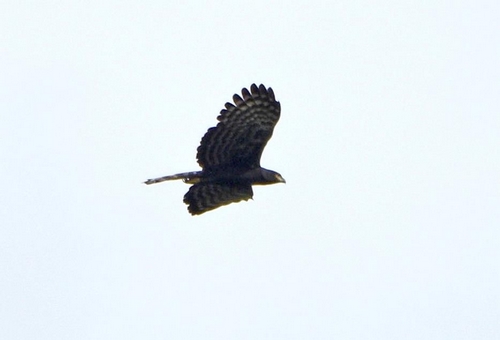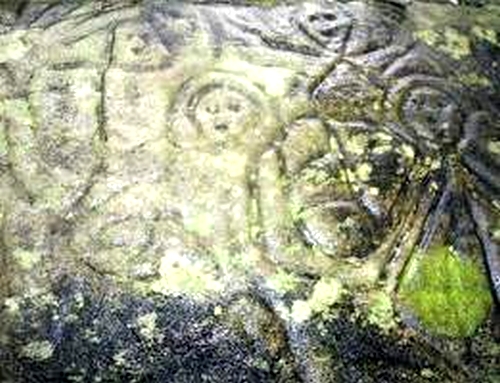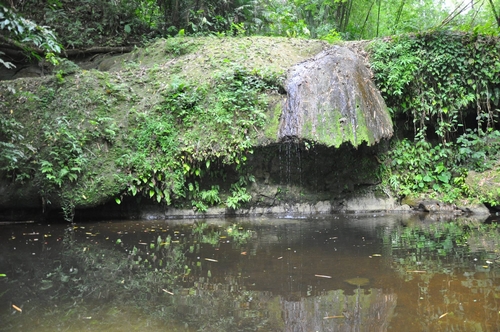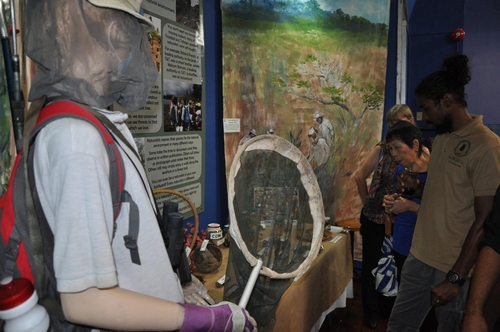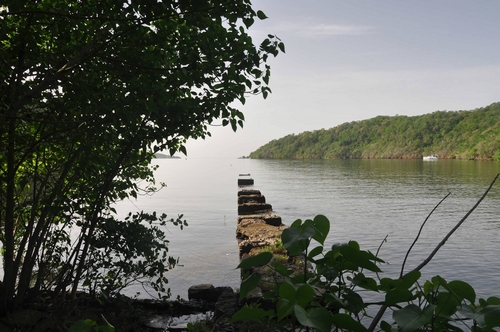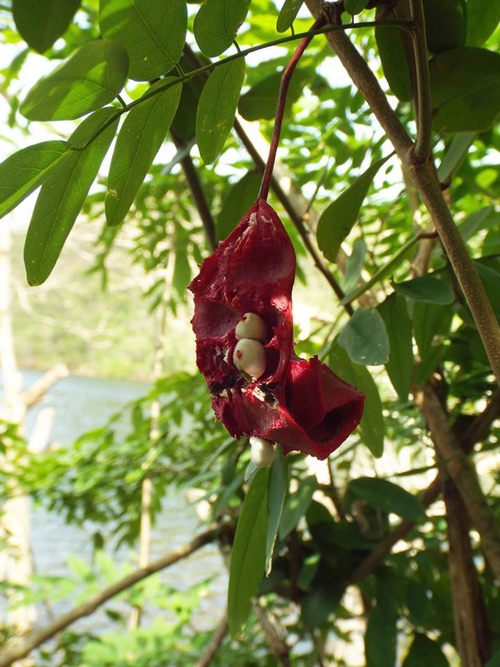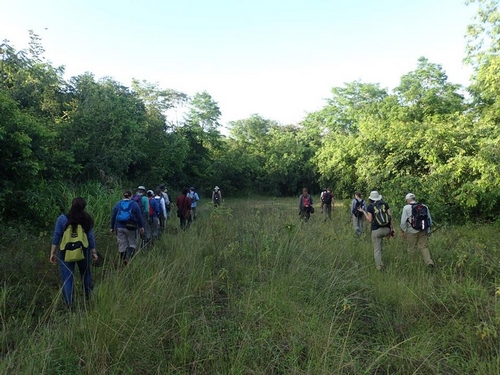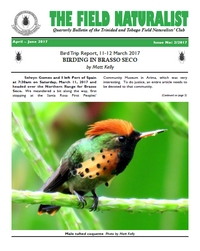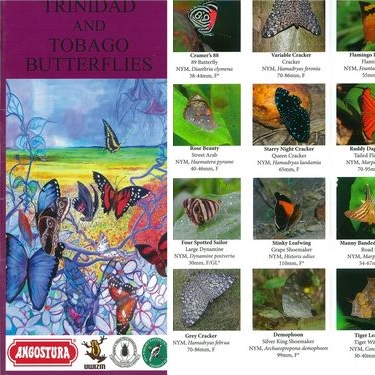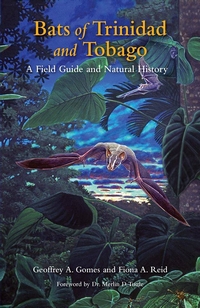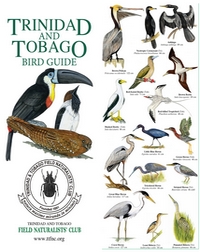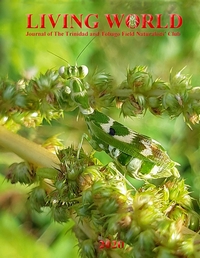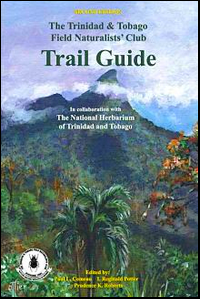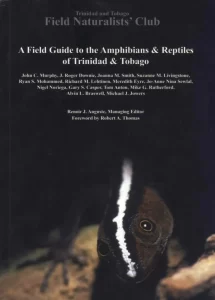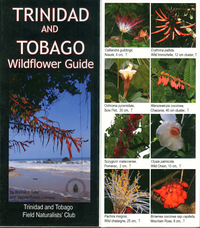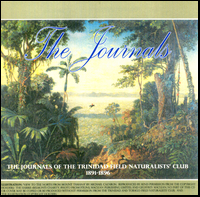APRIL
For April’s lecture we were treated to “Ecology of the Crab-eating Racoon” by Laura Baboolal of UWI, which highlighted her work on the racoon population of the Caroni Swamp. Trinidad and Tobago is home to one native racoon species, Procyon cancrivorus which can be found in a range of habitats ranging from mangroves to forest.
The bird group headed deep into the south lands for their April trip which saw them visiting Granville and Icacos. It was a very successful trip with the group being treated to rare sightings in the form of a Wood Stork, Mycteria americana and Black Hawk Eagle, Spizaetus tyrannus.
The Club field trip for April was to the Caurita Petrogylphs. These Amerindian stone etchings are a national treasure and are considered sacred by the Carib community
MAY
It is easy to think that visiting a prime turtle nesting site like Grande Riviere is a perfectly safe way to enjoy the natural world but our May lecturer quickly showed us just how dangerous it can be. In her presentation, Ayana C. Phillips of the UWI SVM highlighted the surprising range and concentrations of harmful bacteria that inhabit the beach and the possible human health risks (be sure to wash your hands frequently when at these beaches!)
The field trip for May was scheduled for Monos Island, however a change of plans saw the group heading to Central Trinidad to Chickland. But even backup plans sometimes need backup plans, and a spate of bush fires in the Chickland area forced a diversion to Gran Couva to explore the quiet country roads and trails. While there, they visited the Carmelita Waterfall (which was more of a trickle in this dry season).
The bird group had to face the brunt of the dry season as well when they walked the Cumuto Rail Line, flanking the Aripo Savanna. The area’s specialties include Sulphury flycatcher, Tyrannopsis sulphurea and Red-bellied Macaws, Orthopsittaca manilatus. The Moriche Oriole, however, remained elusive.
May marked the launch of our 125th Anniversary commemoration with a display at the National Museum and Art Gallery. The display remained for several weeks and will now move on to other locations.
JUNE
The end of yet another quarter found us delving into the ecology of one of our native anthuriums as Aidan Farrell presented “Searching high and low for T&T’s anthuriums”. He highlighted recent work done by his team on two native anthuriums as they tried to determine what accounted for the unique distribution of the two species – one favouring the dry Bocas while the other favoured the wet forests.
Members were able to put their anthurium identification skills to the test as the Club overnighted on Monos island for the June field trip. Overnight trips really allow members to get a good feel for an area. Highlights include the mysterious nocturnal bird calls (believed to be that of Rufous Nightjar, Antrostomus rufus) and the strange red fleshy fruits later identified as belonging to Cynophylla hastate.
Following the harsh dry conditions of the May trip, the birders were faced with wet and gloomy weather for the June trip to the Arena Forest. Despite the conditions, the groups persevered and were treated to Tufted Coquettes, a busy colony of Yellow-rumped Caciques, Piratic Flycatchers and other forest birds.
A rough time was also had by the Herpetology Group, but for a different reason. The group journeyed to Wallerfield for a late evening scramble in the bush for any reptiles and amphibians. Soon into their trip they were assaulted by a swarm of bees and some members were stung while retreating. Bravely they trekked on have a good night with several herptiles to show for it.
Submission of entries for the 125th Anniversary School Art Competition came to an end in June. Entries are now being collected from across the country for judging in August.

